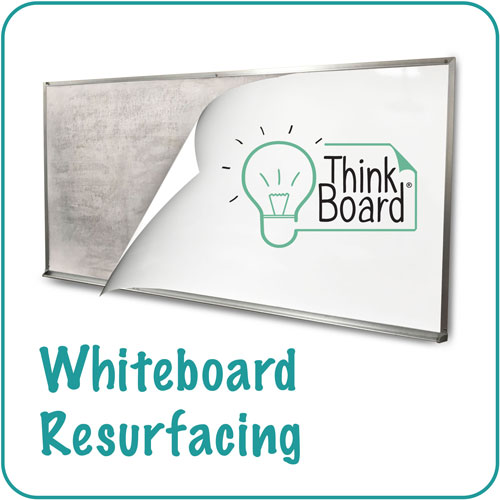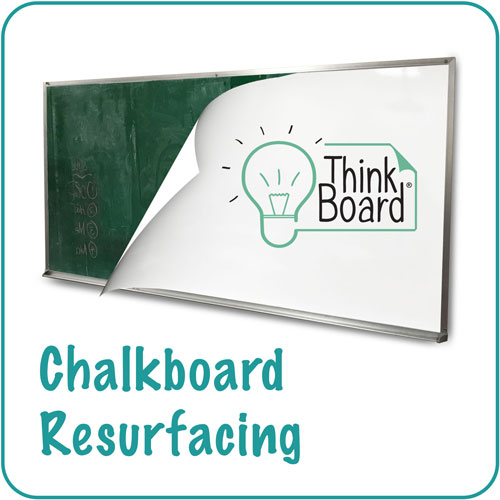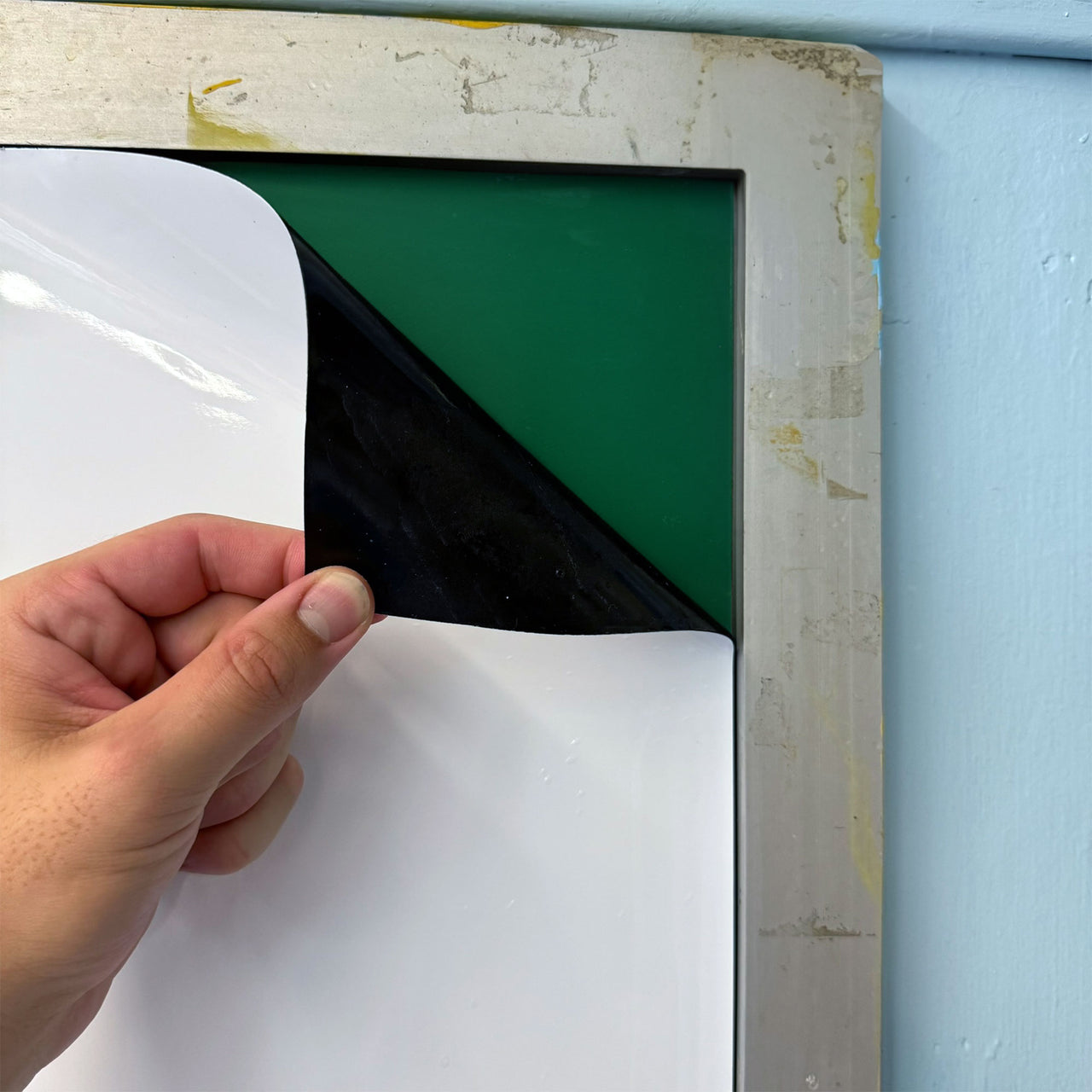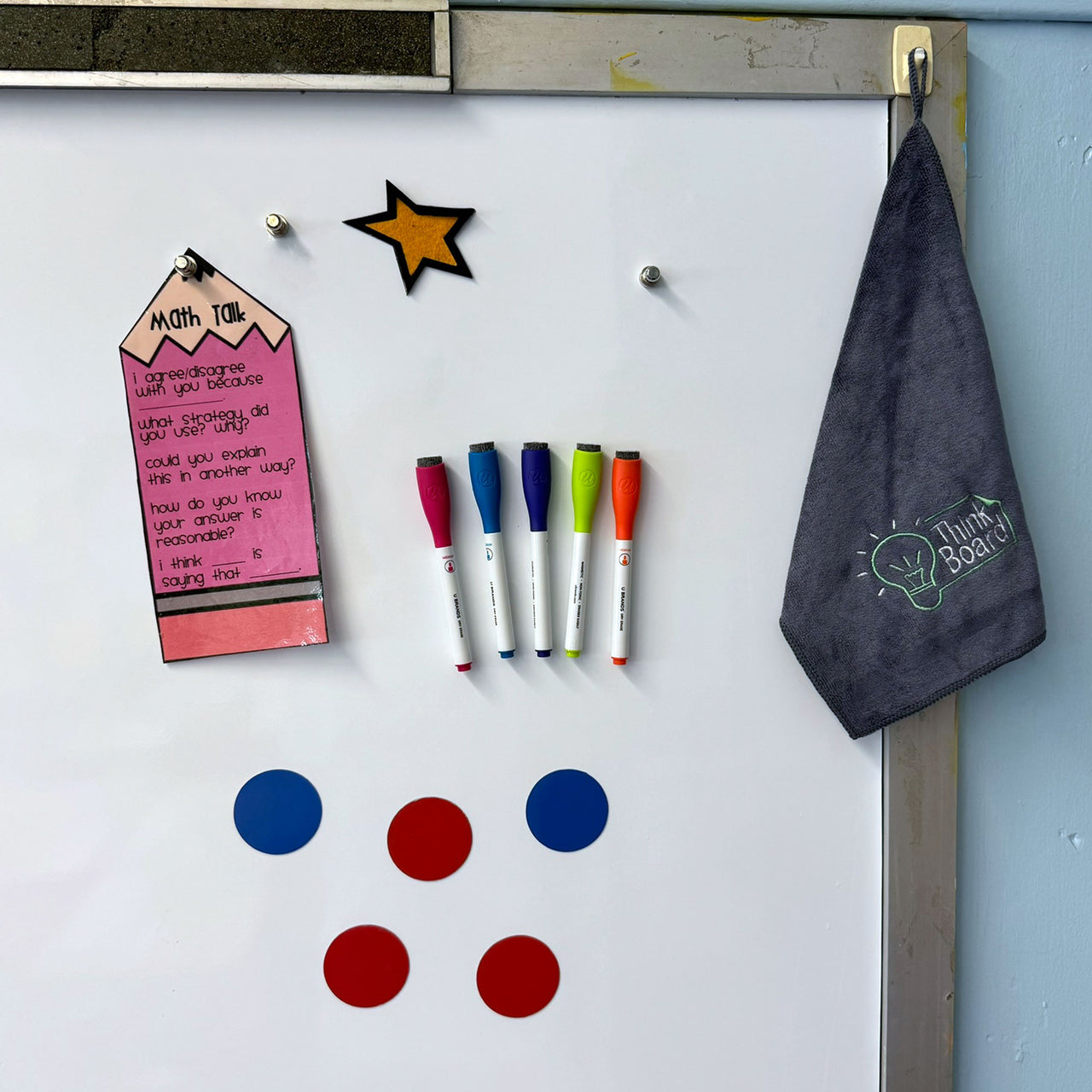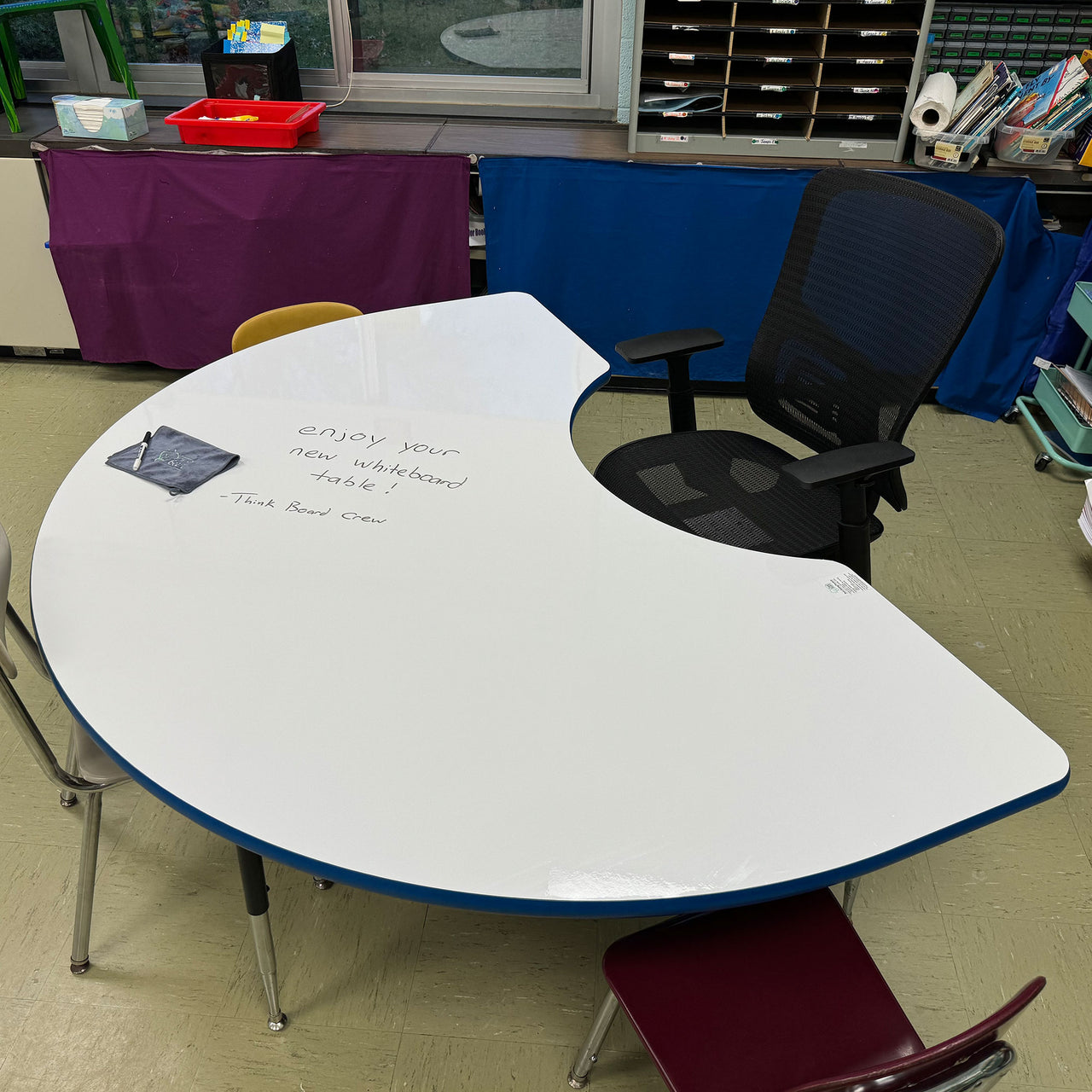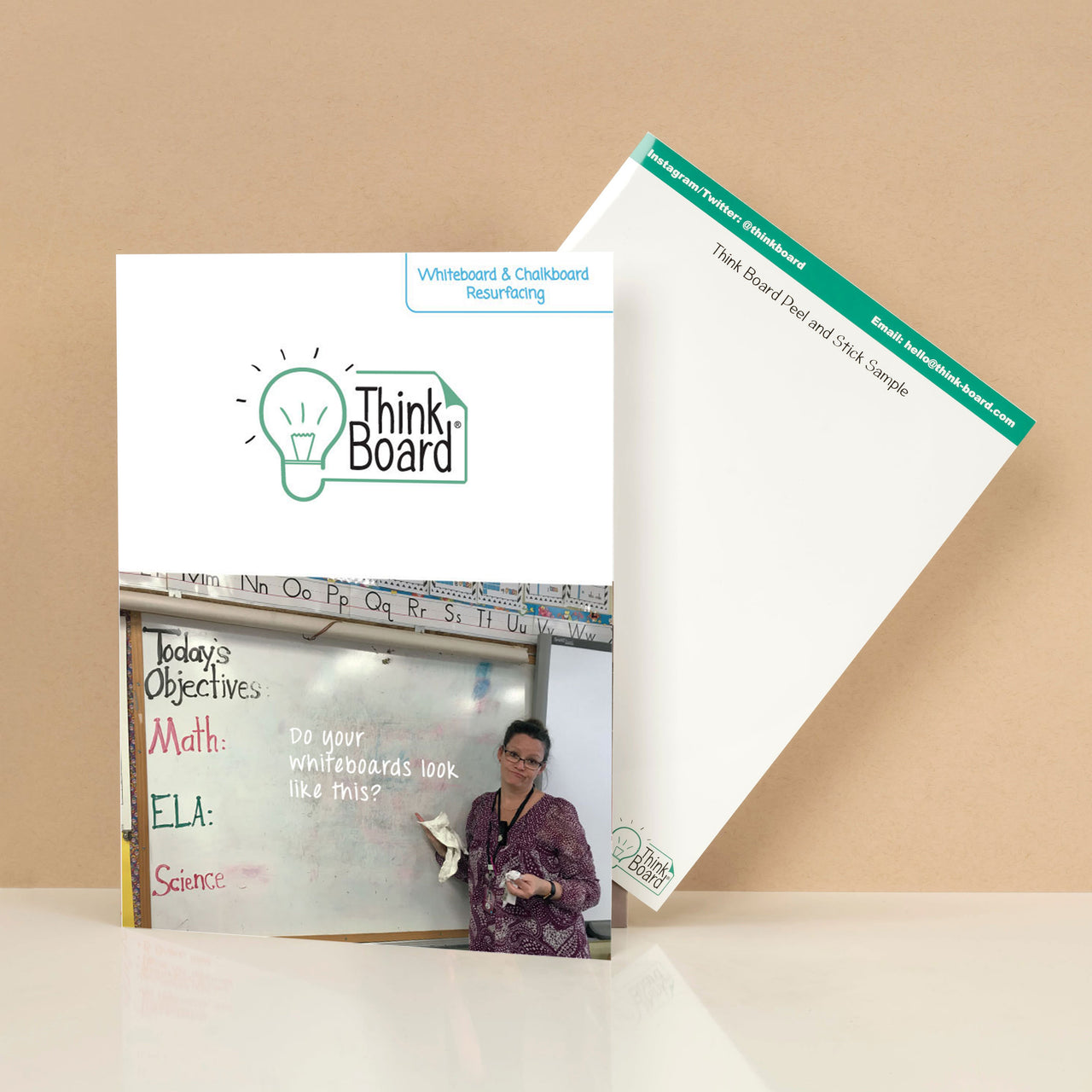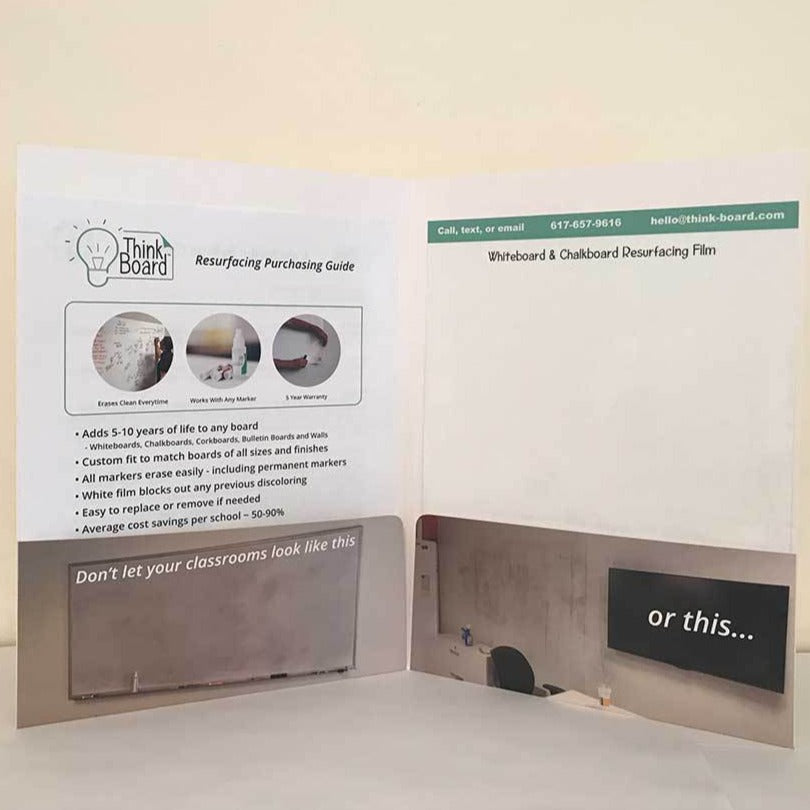Adhesive Whiteboards: A Safer Choice for Behavioral Health
In behavioral health facilities and medical environments, patient safety is a top priority. The unique needs of patients in these settings require careful consideration of every item in the area. Unfortunately, some standard tools, like traditional whiteboards with trays, can become hazards, creating opportunities for self-harm. Adhesive whiteboards offer a safer alternative, allowing healthcare providers to deliver clear communication tools without compromising on patient safety.

Why Traditional Whiteboard Trays Pose a Risk in Behavioral Health
Behavioral health environments are designed with special precautions to minimize risks, particularly the risk of self-harm. In hospitals and residential programs, even seemingly harmless objects can become dangerous if they can be detached or manipulated. Traditional whiteboard trays, designed for holding markers, can be misused by patients in behavioral health settings.
-
Detachable Parts as Self-Harm Risks
The trays attached to standard whiteboards are not fixed and can often be removed, providing a tool that could lead to self-harm. Patients in crisis may misuse even small detachable items, turning them into potential hazards. -
Potential for Accidental Injury
While behavioral health settings often focus on preventing intentional harm, accidental injury is another consideration. If a tray loosens, it can fall, posing a risk of injury to patients and staff alike. -
A Distraction from Healing
In residential programs focused on long-term patient health, managing or frequently repairing equipment detracts from a therapeutic environment. By eliminating these trays, adhesive whiteboards reduce risks and make the environment more streamlined and supportive of patient healing.
The Benefits of Adhesive Whiteboards in Behavioral Health Settings
Adhesive whiteboards offer a solution tailored for the unique demands of behavioral health facilities. Instead of standard trays, they adhere to walls or surfaces without any detachable parts, providing a smooth, streamlined, and tamper-proof solution.
- Improved Patient Safety: With adhesive whiteboards, the risk of patients using tray parts to harm themselves is significantly reduced. These boards are a one-piece solution, leaving no sharp edges or movable parts.
- Reduced Maintenance and Repair Needs: With no trays to break or come loose, adhesive whiteboards lower maintenance demands for staff, helping facilities stay focused on patient care.
- Enhanced Usability and Durability: These whiteboards are designed to withstand heavy use in high-traffic environments like hospitals, making them both a practical and economical choice for long-term patient safety.

FAQs About Using Adhesive Whiteboards in Behavioral Health Settings
1. Why are adhesive whiteboards a safer choice for hospitals and residential programs?
Adhesive whiteboards eliminate detachable parts, like marker trays, which reduces the risk of self-harm and accidental injury. They adhere seamlessly to walls, leaving no gaps or pieces that could be tampered with.
2. Can adhesive whiteboards hold up to frequent cleaning and sanitization?
Yes, adhesive whiteboards are made to be durable and withstand frequent cleaning with approved hospital-grade disinfectants. This makes them a great choice for environments with strict hygiene protocols.
3. Are there other safety advantages of adhesive whiteboards beyond eliminating trays?
Absolutely. Adhesive whiteboards have a flush, tamper-resistant surface, which means they’re safer not just in terms of self-harm prevention but also in reducing the risk of items being hidden or stashed behind the board.
4. Are these boards easy to install?
Yes, adhesive whiteboards are designed to be installed quickly and easily on existing surfaces, often taking minutes to secure. They can be applied directly over older whiteboards, chalkboards, or even directly onto walls.
Conclusion
In behavioral health settings, where patient safety is paramount, even the smallest details can make a significant difference. Traditional whiteboards with trays may be common in classrooms, but in hospitals and residential programs, they can pose unnecessary risks. Adhesive whiteboards offer a smart, safer, and more efficient alternative, creating a tamper-proof, durable solution that aligns with the safety needs of these sensitive environments. With no detachable parts, easy maintenance, and strong durability, adhesive whiteboards are an ideal choice for any facility committed to patient safety and quality care.

